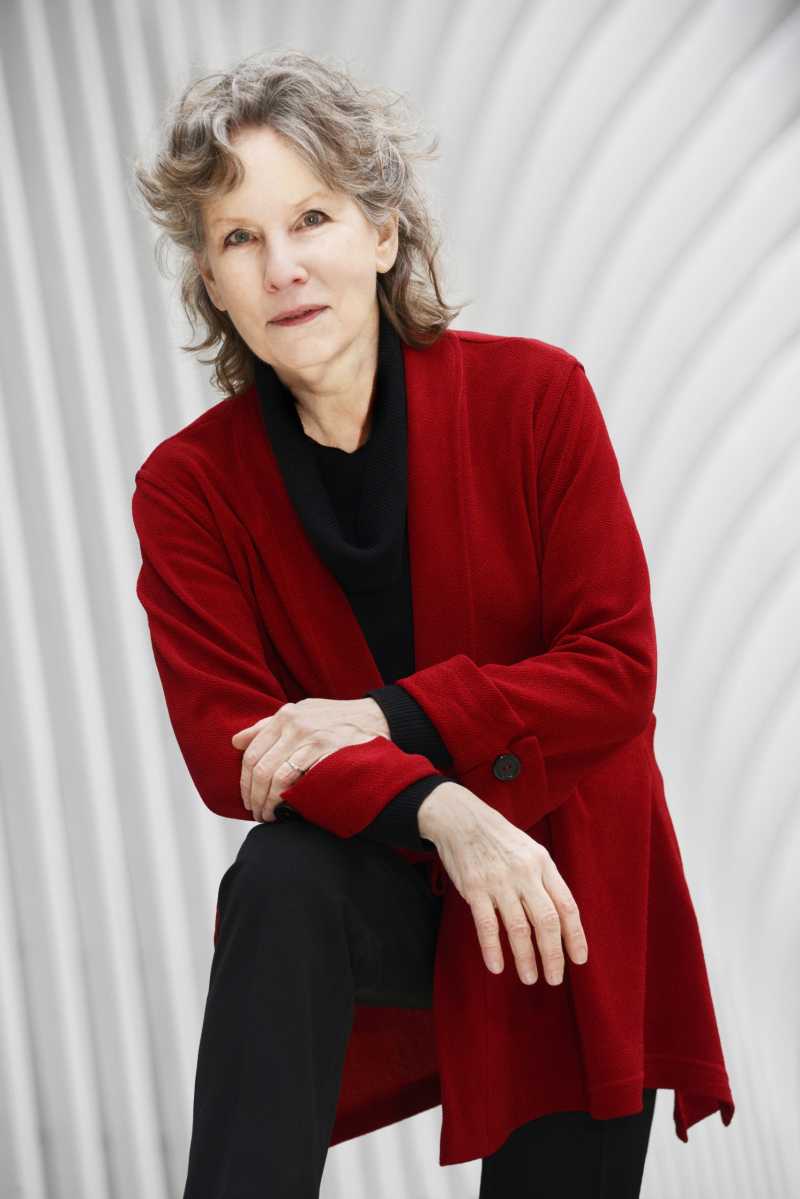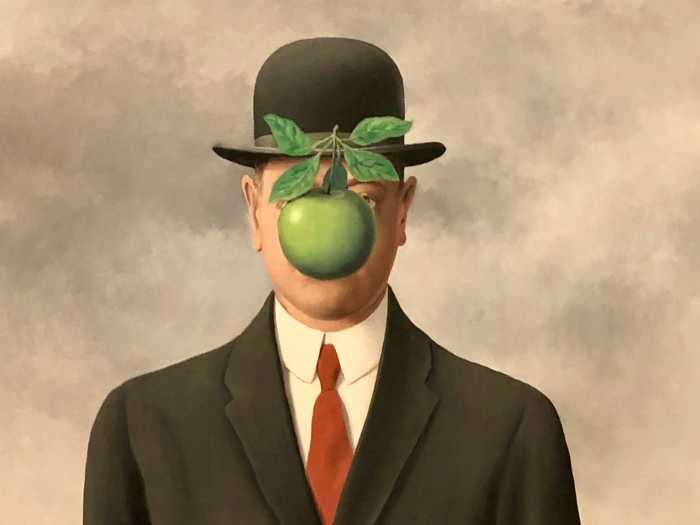BY BOB KRASNER
It’s sometime in the early 1980’s, around 3:30 in the morning. Rain Worthington and her band ZONE are hauling their equipment off the stage at 8BC, the now legendary East Village basement performance space. The chickens that had wandered in from the lot next door during the load-in are long gone, but they still had to avoid stepping on the beer-drinking rabbit that was a permanent resident.
“If you had stopped me then and told me that someday my music would be played in Carnegie Hall, I would have said, yeah, right.”
It’s been a long and improbable journey for Worthington, whose Contemporary Classical composition “Still Motion” will be performed on February 16th by a chamber orchestra on the main stage at Carnegie Hall.
“It would have been inconceivable to me back then,” she explains, “because at that time I had never written a piece of music on paper.”
In fact, Worthington has made a name for herself in a very demanding field without the benefit of institutional training – she is the rare example of a self-taught Classical composer.
Raised first in a steel hut in Houston that had flaps instead of windows, then on a VA Hospital base, she started fooling around on her grandparents’ piano when she was three years old. There were no lessons, though, and she didn’t touch the instrument again until she was an adult, when she found herself spending a lot of time alone in a friend’s family’s house with a grand piano.
“It was kind of like I was a kid again,” recalls Worthington.
On returning to her home in Boston, she invested $200 in an upright piano that subsequently moved with her twelve times. She began to “make up things” on the piano, but not being able to read or write music and without the benefit of a tape recorder, she memorized all of her compositions.
Once she moved to New York in 1976, she decided to go for a gig with her minimal solo piano works at the prominent Soho performance space The Kitchen, but without any demo tapes she was forced to audition live for musical director Garrett List. Worthington sat down at the piano, started playing and froze up. After repeating this several times, List gently suggested that she might want to try a smaller venue.
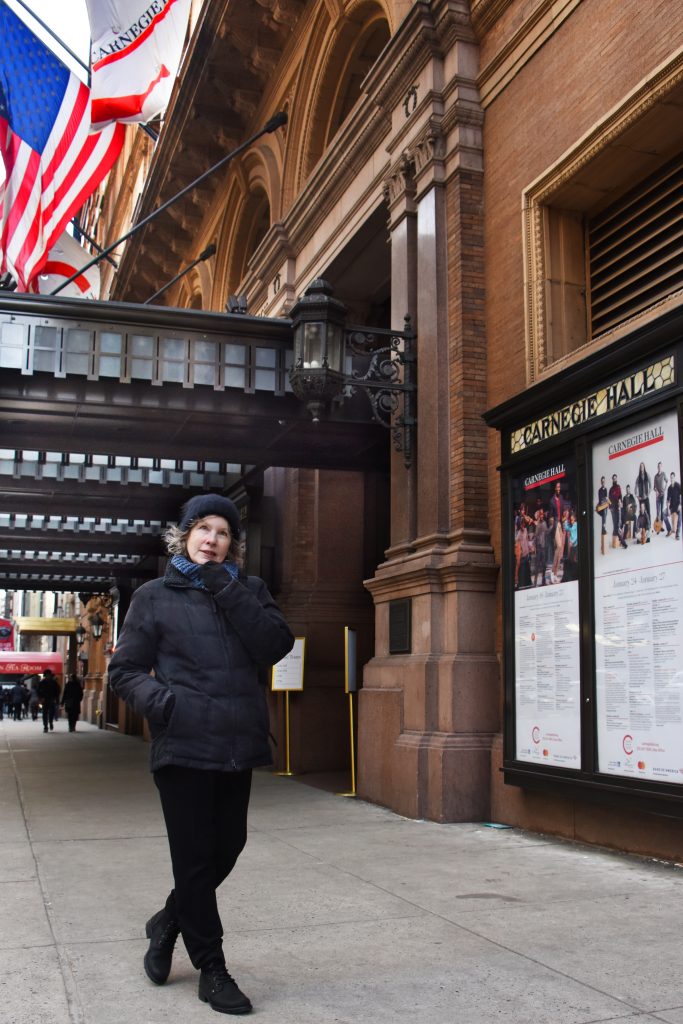
At the time she was using her photographic experience as a darkroom developer and printer for Edie Baskin, the official photographer for Saturday Night Live. She even subbed as a shooter when Baskin wasn’t available, which put her on set when Steve Martin and Dan Ackroyd debuted their “wild and crazy guys” sketch.
More importantly though, she had a night job at the Tribeca artist hangout Magoos, where the avant-garde pianist/composer Charlemagne Palestine held court on a nightly basis. They struck up a friendship that resulted in Palestine giving her the keys to his loft, letting her practice on his Bosendorfer grand piano and eventually staging her debut concerts at the loft.
“I had been to his concerts,” says Worthington. “The loft was almost empty, except for the piano, a couple of chairs and a TV. It had been an old spice warehouse, so it smelled great. It was magical.”
Her first two concerts were well attended, as were the following two, which debuted more extended pieces. Her lack of training and minimal style was instantly accepted by a supportive crowd of friends, artists and followers of Palestine who filled the loft for all the shows.
“It was a kind, open-hearted scene,” recalls Worthington. “Minimalism was a continuation of the 60’s spirit of inclusiveness, open mindedness and generosity of spirit.” She continued, “My naiveté was accepted. If it were a different time, it wouldn’t have happened – I would have been dismissed.”
Even after playing a successful series of loft shows, her stage fright lingered, leading her to work in a band situation where the spotlight would be shared. She bought a Casio and a drum machine and started working with other like-minded musicians.
Now working a day job for the rock photographer Lynn Goldsmith as a photo agent, she rehearsed with various downtown players such as Keiko Bonk, Jules Baptiste, Jeffrey Glenn and Lee Ranaldo, but nothing jelled until she hooked up with bassist Mitch McNeill.
Their partnership mutated into the band ZONE, whose members slowly changed until the lineup solidified with Worthington on keyboard, McNeill on bass, Charles Compo on sax, Mark Worthy on guitar, Mustafa Ahmed on drums and Susan Compo on occasional vocals.
With Worthington creating the “basic riffs and chords” and the band improvising along, ZONE created a sound that was unique and, as one reviewer put it, had “the least commercial potential.”
“I remember some critic described it as “post-nuclear cocktail muzak,” recalls McNeill. “I would describe it as cinematic instrumentals with a noir-ishly electronidelic aftertaste.”
Whatever it was, it could be heard all over downtown New York. The group gigged at Inroads, Danceteria, Peppermint Lounge, PS122, Pyramid, Tompkins Square Park, 8BC and CBGB’s, where they opened for Living Colour.
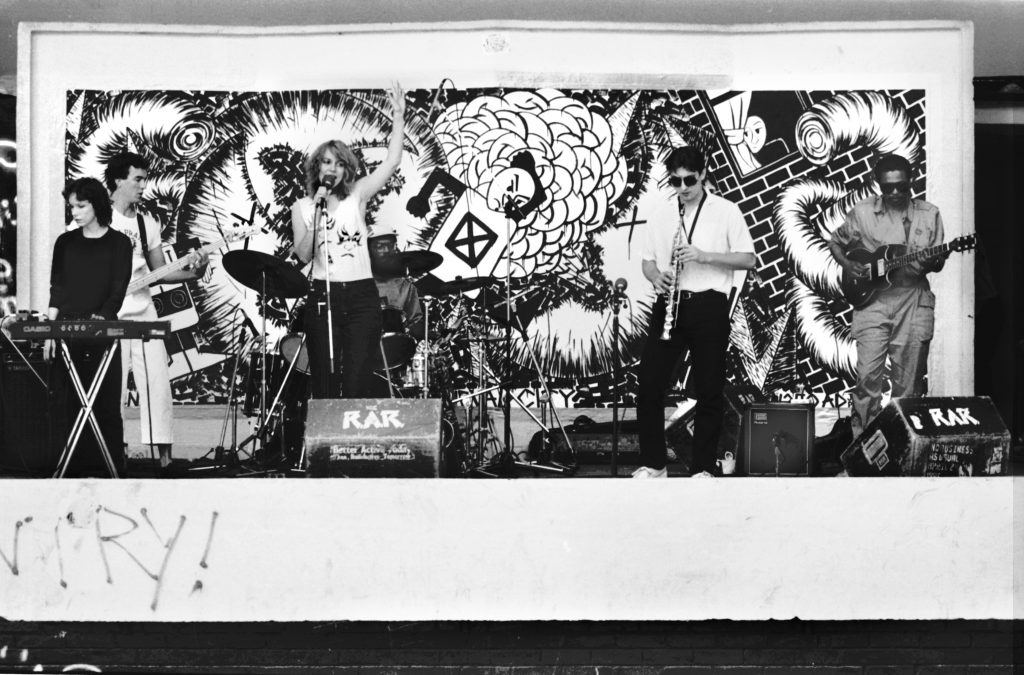
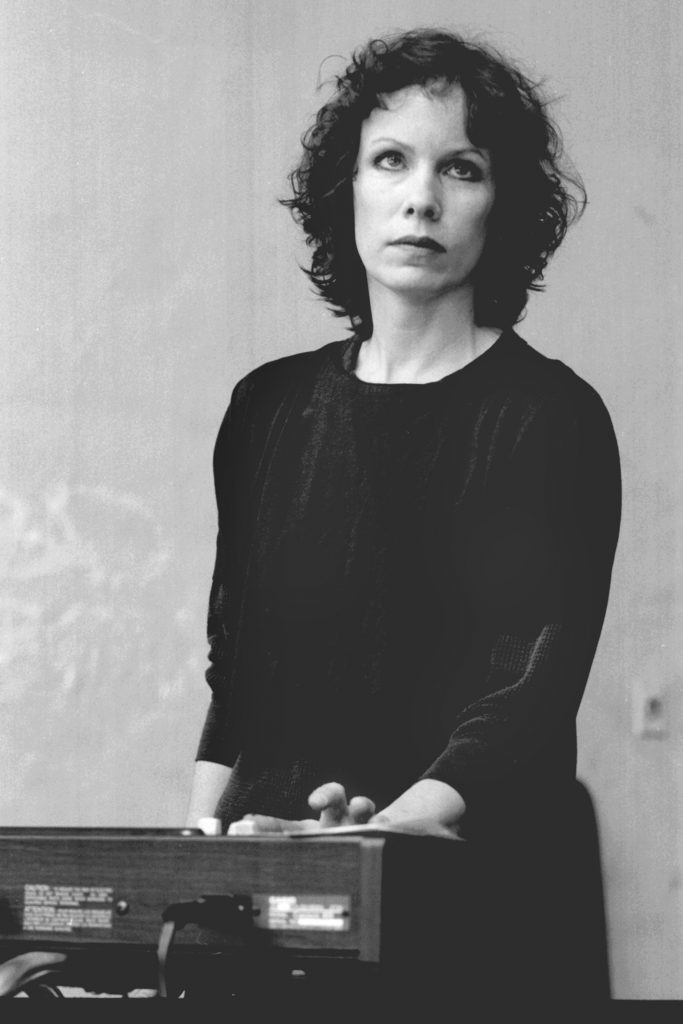
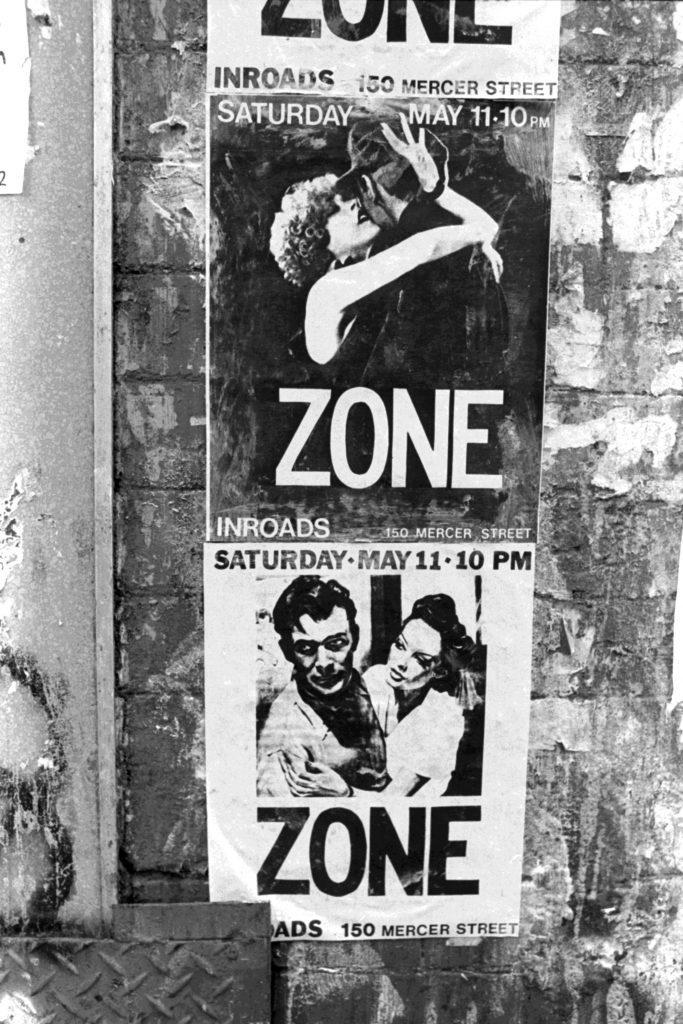
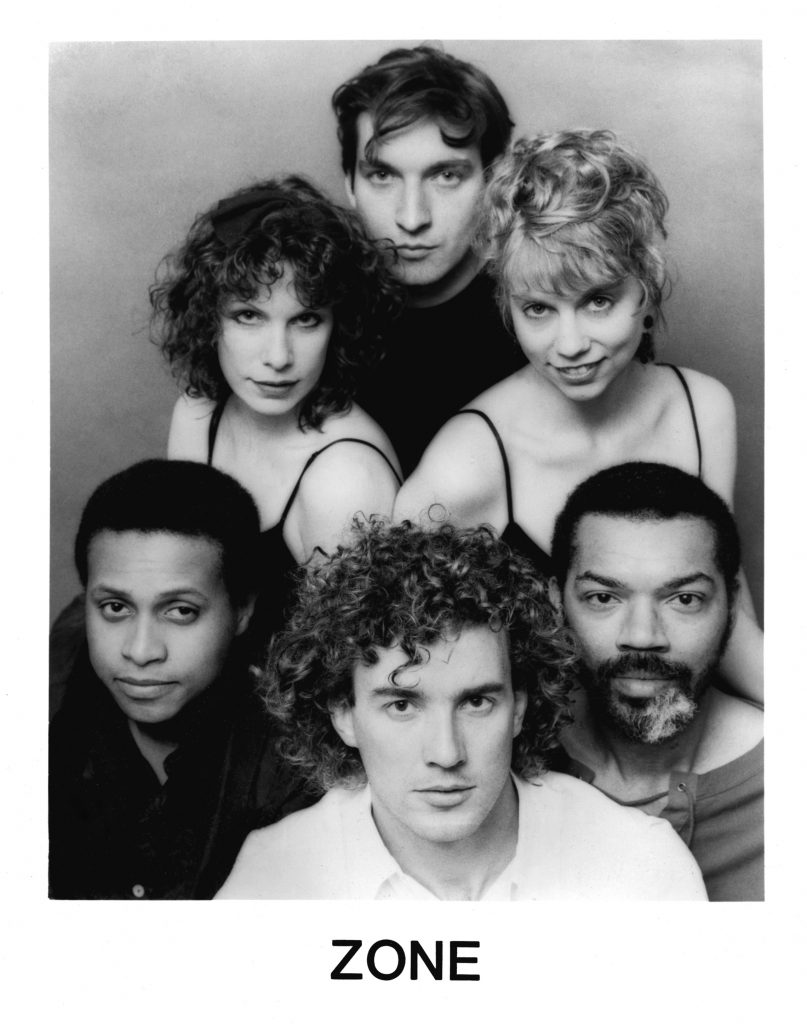
When ZONE broke up in 1986, Worthington formed a new partnership with singer Jill Burton, performing at Roulette as a duo before adding Kumi Kimoto and Yuval Gubay on percussion and Jane Scarpantoni on cello to become Hizohi. The avant-garde group also played its share of lower Manhattan spots, as well as Tin Pan Alley, before calling it quits two years later.
At this point , she decided that it might be a good idea to get some actual musical training and enrolled for a year in Hunter college to take courses in Beginner Piano, Theory, Counterpoint and Ear Training. But, “I was terrible at everything!” she says. “My teacher passed me out of pity.”
By 1991 she had gotten a degree from Empire State College and become a children’s music teacher, but was still determined to become “a legit composer.” So, she did what any determined would-be composer would do – she went to the library, read up on orchestra techniques and taught herself the craft. In 1996 she bought a midi setup that recorded what she played, allowing the computer to transcribe it. A scoring program called Finale further helped the cause.
Lack of space prevents us from listing all her accomplishments since then. Worthington has written pieces for solo oud, duets for two flutes, small chamber pieces and compositions for 80 piece orchestras. Her work has been recorded (notably for Parma Recordings) and performed around the world, from Moscow to Brazil.
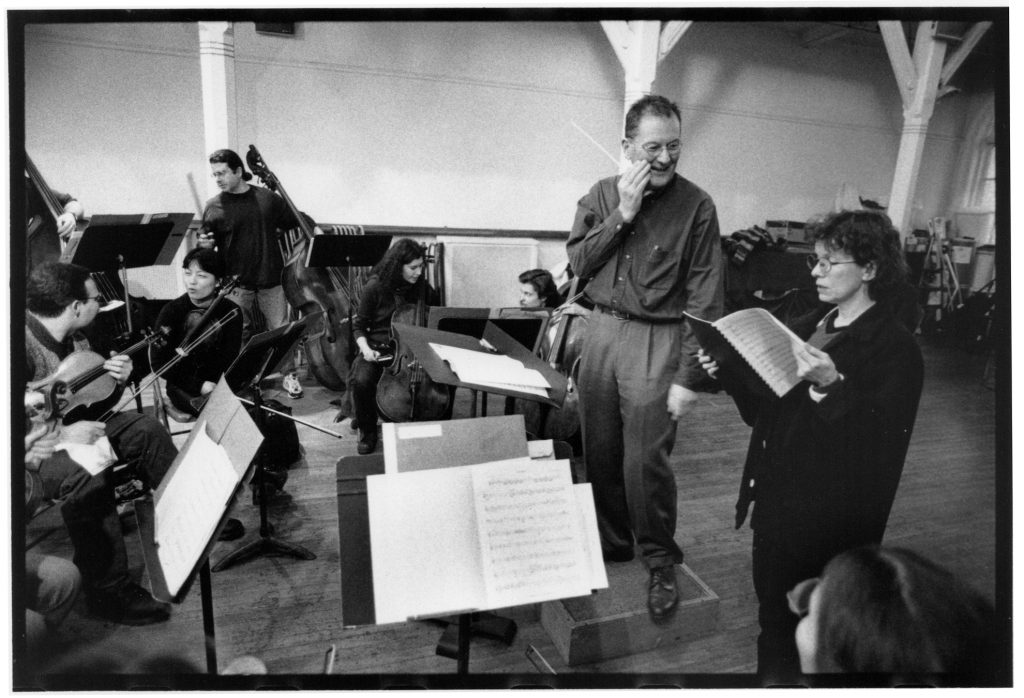
After working with her for ten years, Parma’s CDO Sam Renshaw is quite happy to have her work on his label.
“We’re lucky to work with a wide range of composers and I’m particularly impressed with her composition skills. A wide variety of emotional and compositional skill define the Worthington sound. I couldn’t be more proud of our collaboration.”
The partnership with Parma led directly to a new commission from Audrey Wright, the Associate Concertmaster of the Baltimore Symphony Orchestra.
“I am thrilled to be commissioning a new piece for violin and piano from Rain Worthington!” Wright tells us. “I was drawn instantly to her stylistic use of color and texture, and for the way her melodies seem to ebb and flow freely, lending themselves to the nature of string playing. It is very exciting to be working with Rain on bringing this new piece to life soon.”
Worthington is still a bit stunned that her work will be played in one of the world’s most prestigious venues. “When I got the email I thought, oh that’s nice, but I can’t afford this. I thought I was going to have to pay big bucks to make it happen,” she recalls.
That turned out not to be the case. Now that day is almost here and Worthington finds herself dealing with a “roller coaster” of emotions leading up to the event. “It’s made me realize what a journey it’s been,” she muses. “I hope it’s just one step of many more to come.”
Information about the composer is available at: rainworthington.com
Information about the upcoming concert is here: https://www.carnegiehall.org/Calendar/2020/02/16/Distinguished-Concerts-Orchestra-and-Distinguished-Concerts-Singers-Internatio-0830PM
ZONE can be heard here: zone10.bandcamp.com/releases



